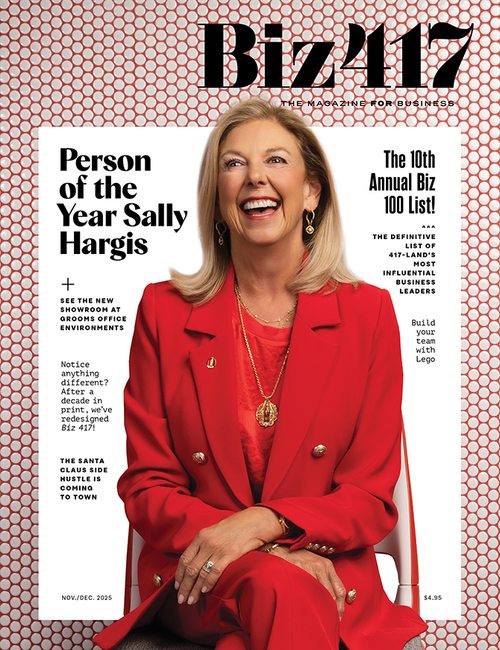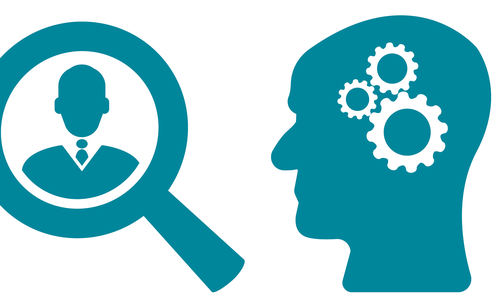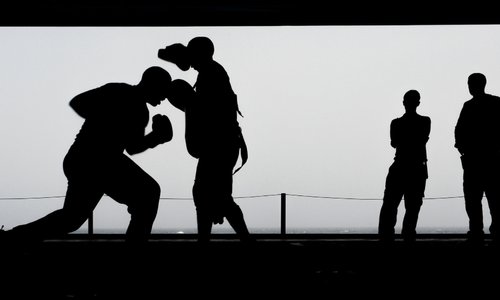
Communication
Why You Might Be Feeding Conflict in Your Organization
Are you wondering if you're feeding into the conflict at your work organization? Or wondering how to avoid it? Read below to find out.
By guest blogger Don Harkey
Sep 01 2017 at 10:14 a.m.

A co-worker you consider a friend comes to you to complain about another co-worker. You listen. You empathize. You try to share the frustration of your co-worker to make them feel better. You even decide to try to help by passively addressing the behavior of the other co-worker. Your friend feels better as they feel that you heard and validated their concerns. You feel better for helping a friend.
By helping your friend, you've actually hurt them.
Research shows a pattern in many organizational conflicts, and there are three roles that are played. There is the aggressor who initiates the conflict. This could be someone who is chronically overbearing or someone who just has a bad day, but either way, the aggressor initiates the conflict. Then there is the victim. The victim is the one who was “attacked,” and they feel like they didn't deserve it. In fact, they often feel like they did absolutely nothing wrong. The third role is the rescuer. The rescuer listens to the victim and helps them to feel like a victim by telling them things like, “It’s not your fault.”
Sometimes the roles include more players, and both original combatants feel like the victim and see the other as an aggressor. Each person finds their own rescuer to validate their feelings.
The problem with this model of conflict is that it is a classic lose-lose scenario. The victim is wronged, and the aggressor is shunned. The situation gets worse because the victim feels like a victim and the aggressor moves on. This situation doesn't generate a conversation.
A healthier situation is one in which a conversation occurs between the two impacted parties. The purpose of the conversation is to communicate, understand and learn how to better work together. Think about your closest relationships. I would bet that you have had your share of disagreements, but you worked through them and came out stronger in the end. Relationships are hard, and communication is complex.
So how does a conflict become a victim/aggressor issue instead of a conversation issue? It's often the rescuer that has the opportunity to choose, but the rescuer often makes the wrong choice because, as research tells us, feeling like we are rescuing someone feels good, even when it doesn't really helps them (and actually hurts them).
So what can you do when someone brings you a problem related to someone else?
Of course you can still listen, but this time, remember that your goal isn't to judge the aggressor but instead to help your friend open up a conversation. Focus on what your friend can do next (because it’s really the only thing your friend can control). Don't let them play the role of the victim, and don't let them assign the role of the aggressor. Most importantly, don't try to solve the problem. You goal should be to help them solve the problem.
This helps create a culture in which people work to solve their problems and in which nobody feels like a victim to their co-workers.
Don Harkey is the Chief Innovation Officer at People Centric Consulting Group. Learn all about him here, and what People Centric strives to accomplish here.












